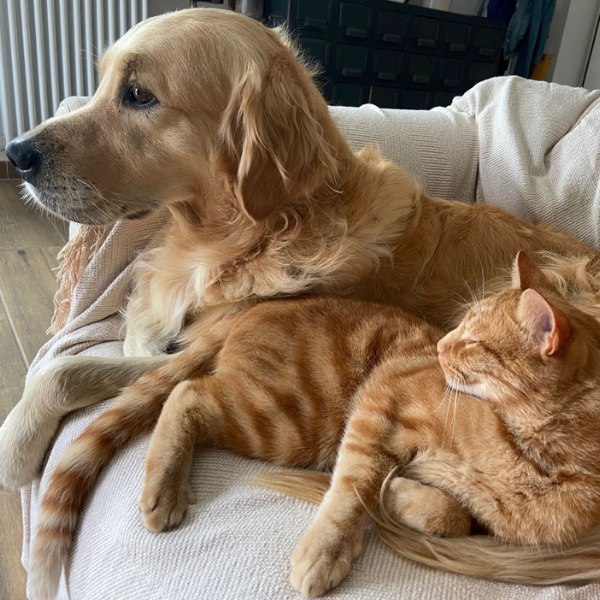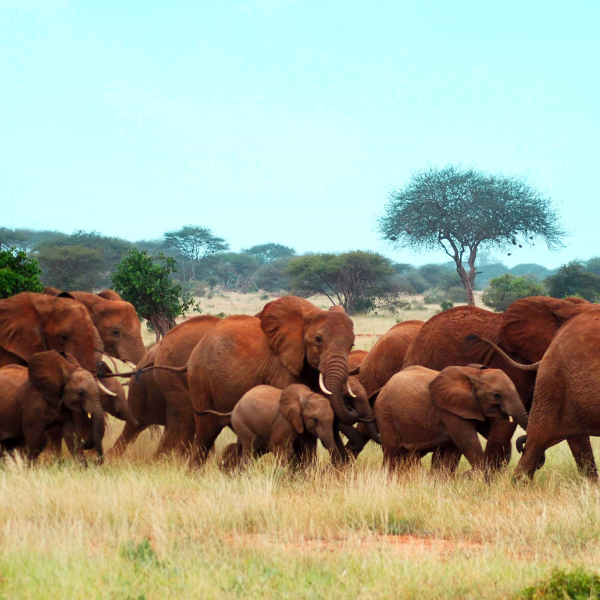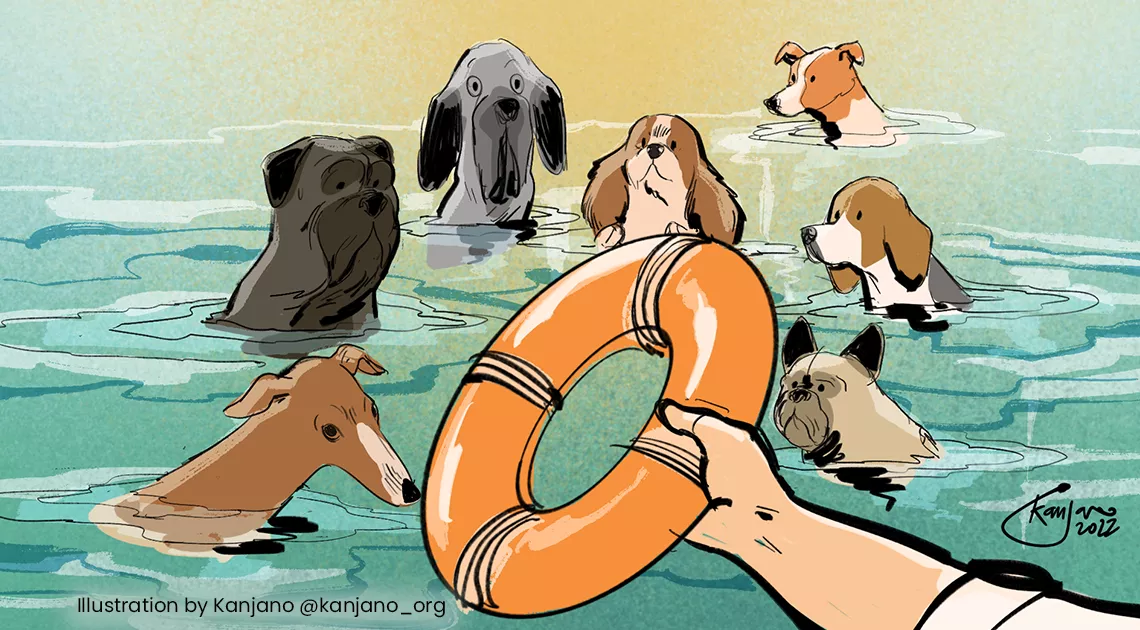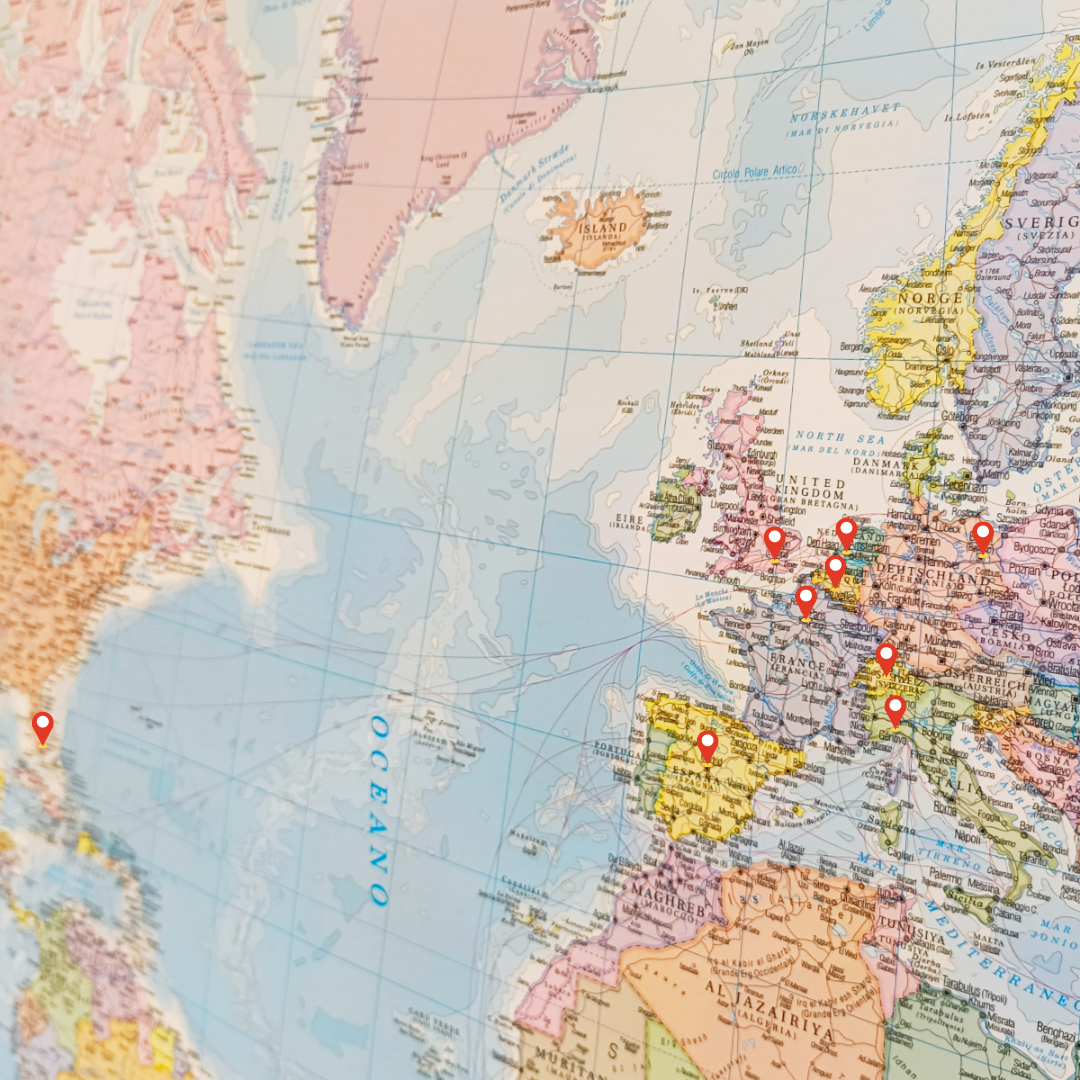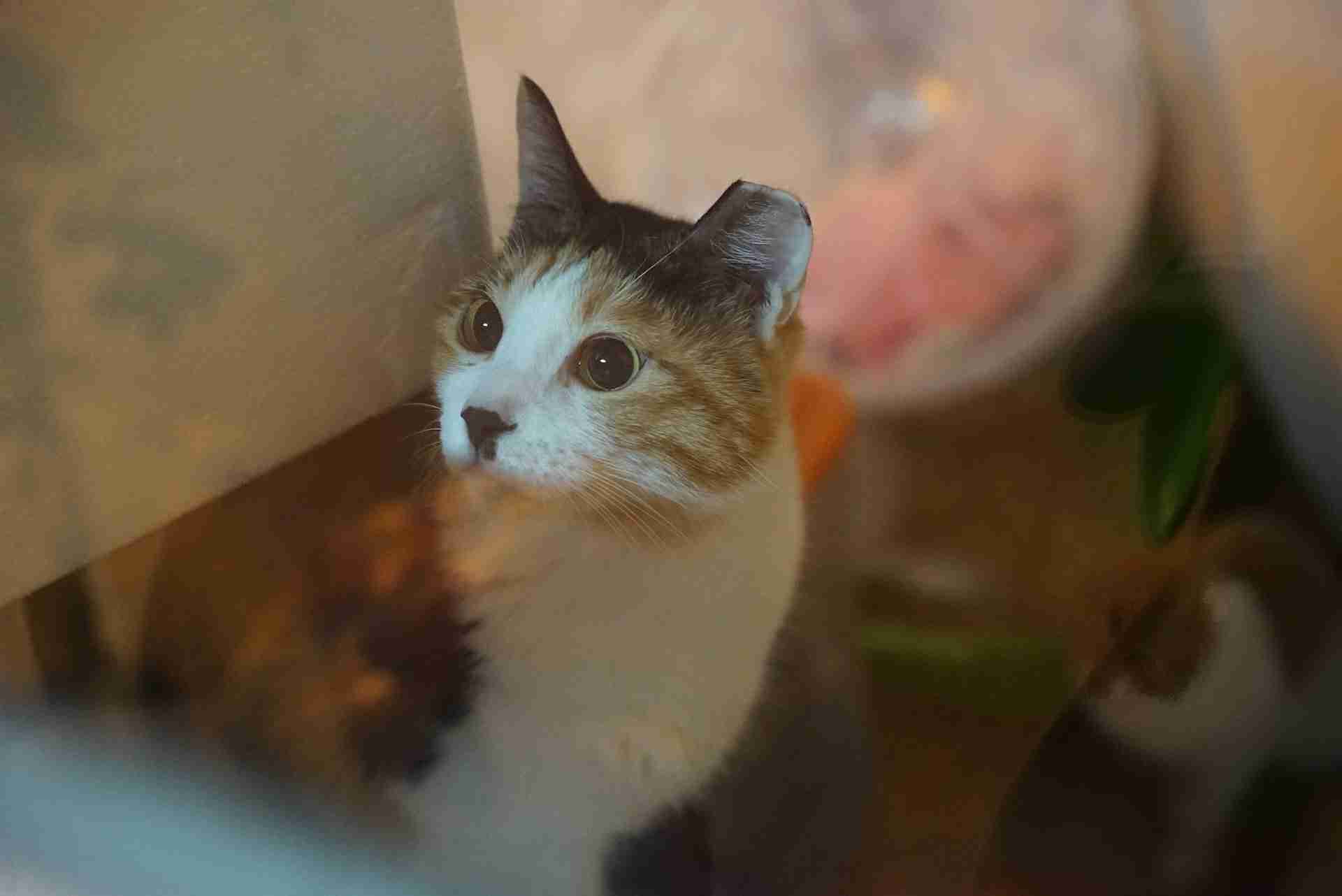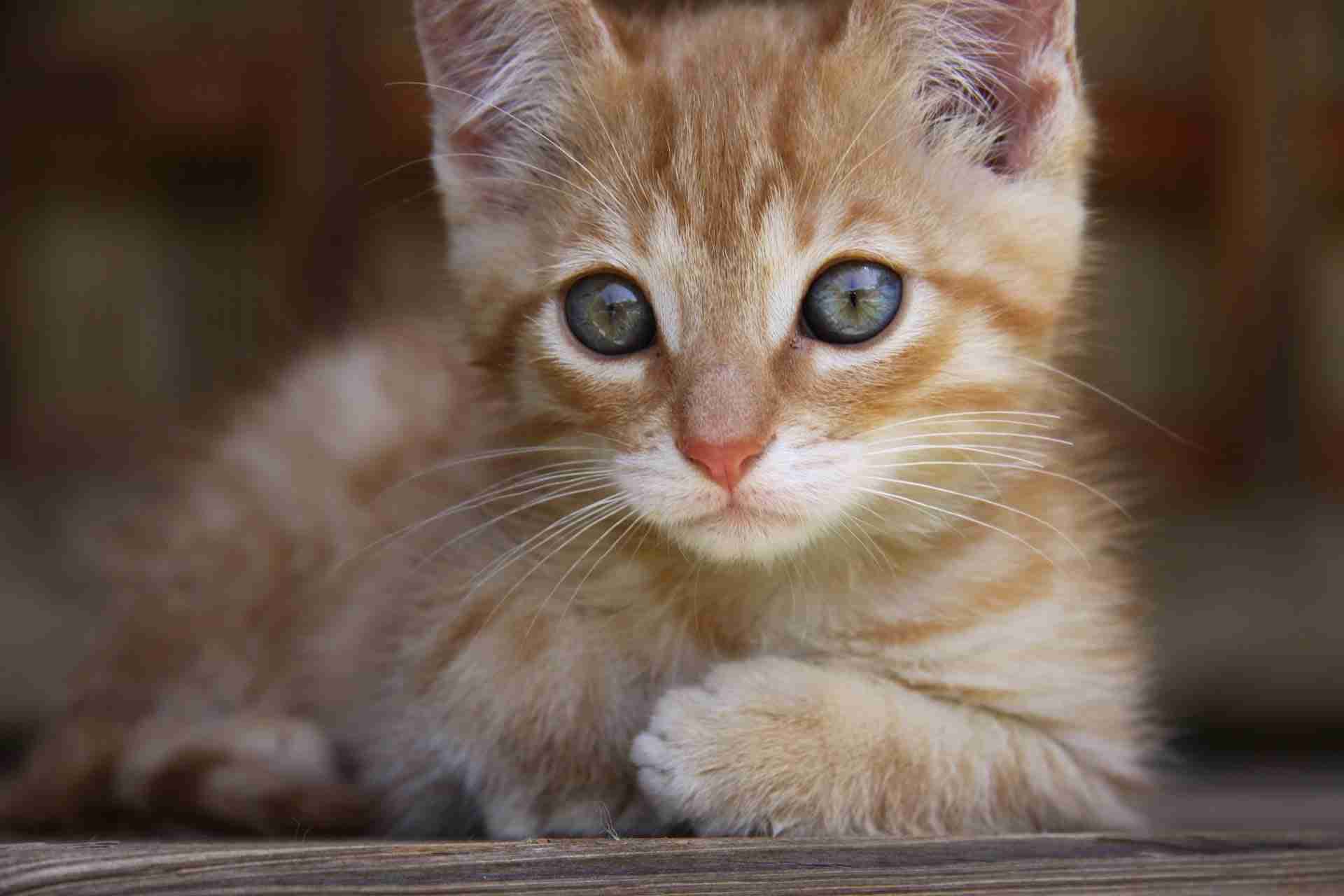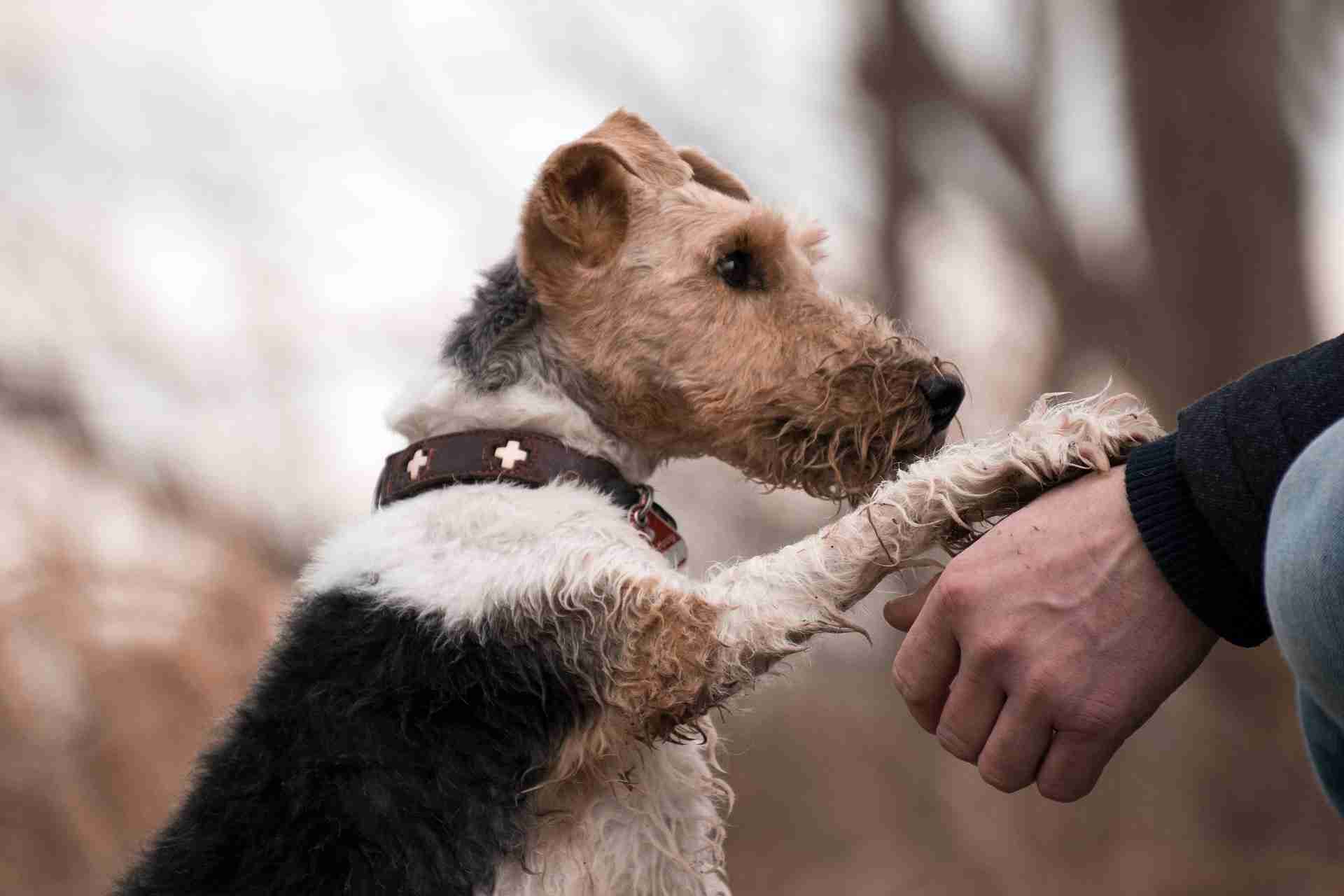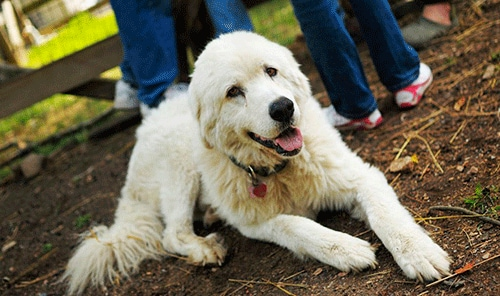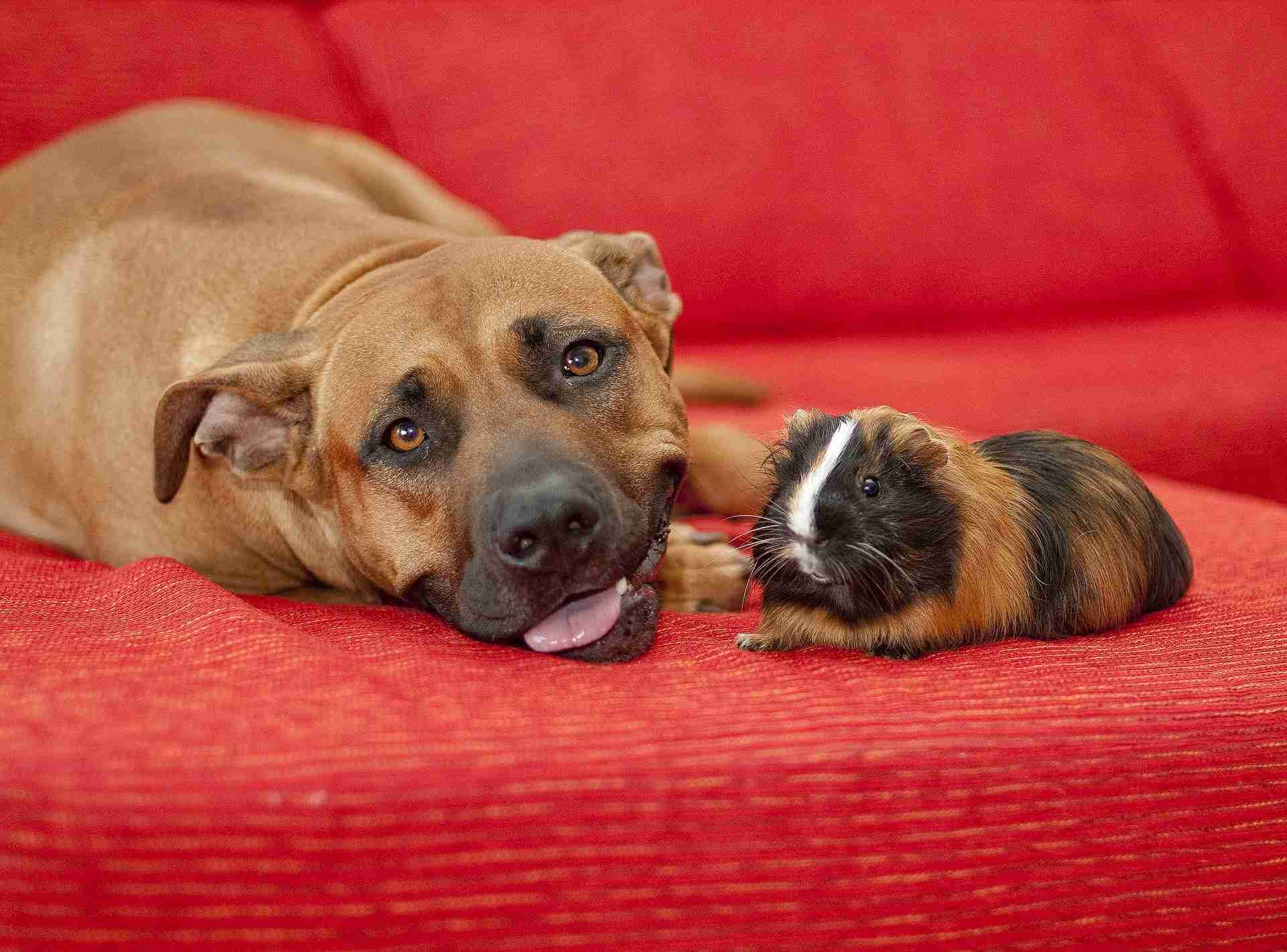THE WAR ON NEW YEAR'S EVE

by Dunia Rahwan
31 December, 11:59 pm, there is only one minute left before the urban war starts. The fireworks greet the new year with bangs and explosions that for hours pierce the night and keep us glued to the sky, magnetized by a show that, according to WWF estimates, causes the death of over 5,000 animals every year. 80% wild animals, mainly birds. However, there are also spectacular pyrotechnic games that respect animals and the environment.
THE NIGHT FULL OF FEAR
The restrictions related to the Covid 19 pandemic prohibit gatherings, but it's safe to bet that this last day of the year will also be inaugurated with resounding fireworks. It is one of the most critical moments for pets and their families, who helplessly witness scenes of sheer terror.
The fear that a cat or a dog feels is not all that different from ours, and also how we react. I am reminded of the morning of December 18, when the roar of an earthquake was clearly heard in Milan and in a moment we all ran out of the houses, into the street: immediately the instinct to flee prevailed, except, like animals that for millennia have associated loud noises with dangerous events, then the thunder announces lightning and a great din could be generated by a landslide, the fall of a tree or the sudden attack of a large predator. In these cases, the animal's first impulse is to run away from the noise.
Returning to the firecrackers, personally I jump from fear and even throw a scream if one explodes near me, and unexpected, but after a moment I remember that I am not going to die, I curse the boy who threw it and I calm down, but a dog, on the contrary, when he hears a roar he can explain it to himself only as a clear alarm signal, and try to escape! Certain traditions animals just don't understand...
LOWER THE VOLUME
For our domestic friends, fireworks are dangerous, especially for heart patients and the elderly, who risk having a heart attack. According to the PAW 2020 Animal Welfare Report from PDSA (People's Dispensary for Sick Animals) 22% of UK dog owners have a four-legged friend who fears fireworks and around 2.2 million British dogs are reported hypersensitive to bangs. Although manifestations of stress during fireworks are more frequent in dogs, they also occur in one in three cats; in these cases, the animals have a rapid heartbeat, tremors, panic attacks, excessive salivation, sudden aggression, and flight behavior with loss of orientation. Sometimes fleeing they cause traffic accidents and injure themselves, and it happens that the phobia of the bangs persists beyond the end of the explosions. Loud noises annoy cats and dogs above all for their hearing sensitivity, which is much more developed than that of humans. We perceive sounds from 20 to 20,000 Hz, while a dog can hear up to 40,000 Hz in ultrasounds; therefore, what is noisy in our ear for him is an unbearable roar. Domestic cats are super predators with even more sophisticated hearing, capable of perceiving ultrasounds up to 79,000 Hz to detect the slightest movement of prey in the dark. Loud noises and flashes of sudden light also annoy farm animals and cause mass escapes that often end up against fences, vehicles, and buildings, while traumatized pregnant cows and mares can have sudden miscarriages.
A RELIEF FOR PETS
If you live with a pet, dog, cat, or hamster, and you are worried about it, here are some tips to protect it on New Year's Eve, a long night to spend together.
- Talk to your vet. If the animal is anxious about the explosions and the bang, do not administer medicines to reassure it without consulting the veterinarian, who will be able to recommend the best therapy.
- Microchip your dog, but also your cat. Thanks to the subcutaneous identification device, the fugitives will be traced back to their owners, so cats should have it too. With very fearful dogs, the harness is recommended, which is safe against any attempt to escape.
- Go out during the day. With the light there are fewer explosions, so concentrate your outings during the day and in the evening limit yourself to the stroll for physiological needs. On the noisiest days, always keep dogs on a leash and avoid "hot spots".
- Never out alone. Even if dogs and cats live outside, during the outbursts host them within the four walls. Animals should never be left outside unattended and pay attention to open balconies, they could fall in a desperate attempt to escape. Sudden flashes of light can also have a detrimental effect, so close windows and shutters to block out the lightning and muffle the bursts.
- Let him choose. Be patient and allow the animal to hide where it seems most appropriate, even if it is a place that is normally forbidden or not frequented. Leave all doors open, allow him to come close to you for reassurance, and turn on the music or television at a good volume to disguise the bangs.
- Relax. Remain calm to convey serenity to the animal, pamper it only if it requests it and do not overdo it with reassurance. Try offering the dog a good chew of natural meat, great for managing stressful moments.
- Hello, Police? If the animal disappears, immediately report the loss to the Municipal Police and notify the public veterinary service and the animal shelters nearby.
- Go on a trip. If you can, get away from urban centers for New Year's Eve, your pets will be very grateful.
- Morning sweep. On January 1st, the shooting stopped but fragments of the guerrilla war remained on the ground, containing heavy metals potentially dangerous for the animals. So, check the gardens and pay attention to where you clear them.
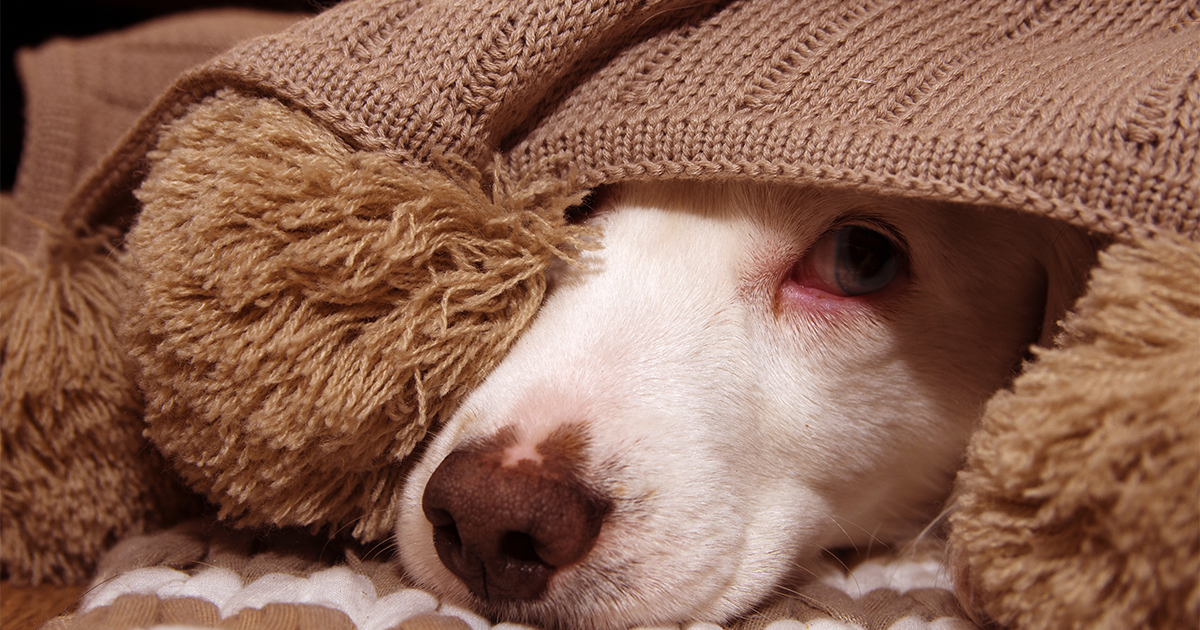
A THREAT TO WILDLIFE
Birds are the wild animals which are most affected by fireworks, just remember the 2011 massacre in Arkansas, when over 5,000 red-winged jaundice (Agelaius phoeniceus) lost their lives at the New Year celebrations. Due to the explosions some birds die instantly of heart attack, while others run away in panic and at night the lack of visibility increases the risk of bumping into houses, streetlamps and means of transport. Also, if they stray too far from the night perches, they are so disoriented that they can't get home. The negative effects of fireworks on birds are the subject of the Belgian research "Birds flee en mass from New Year’s Eve fireworks", which quantified the reaction of birds for three consecutive New Years and found that shortly after midnight thousands of them took off for at least 45 minutes reaching altitudes of 500 meters: all wasted effort. But when it is cold and food resources are rare, any energy reserve is essential to survive.
AN ATTACK ON THE ENVIRONMENT
When fireworks explode, they release high quantities of highly dangerous compounds into the atmosphere, such as ammonium perchlorate and heavy metals such as antimony, barium, arsenic and lead. Furthermore, since the fireworks are concentrated on New Year's Eve, the sum of the poisonous fumes emitted in a few hours causes the values of fine dust (PM10) and ultra-fine (PM2.5), responsible for serious problems, to jump to illegal levels. respiratory and cardiovascular.
According to the Federal Office for the Environment (FOEN), fireworks in Switzerland emit about 300 tons of fine dust each year, equal to 2% of the country's total annual emissions! When the party ends and the poisonous fumes are blown away by the wind, traces of heavy metals used in dyes remain in the environment for days and the residues of fireworks are scattered everywhere, which falling into the sea becomes even more toxic because aluminum in contact with salt water can release harmful substances.
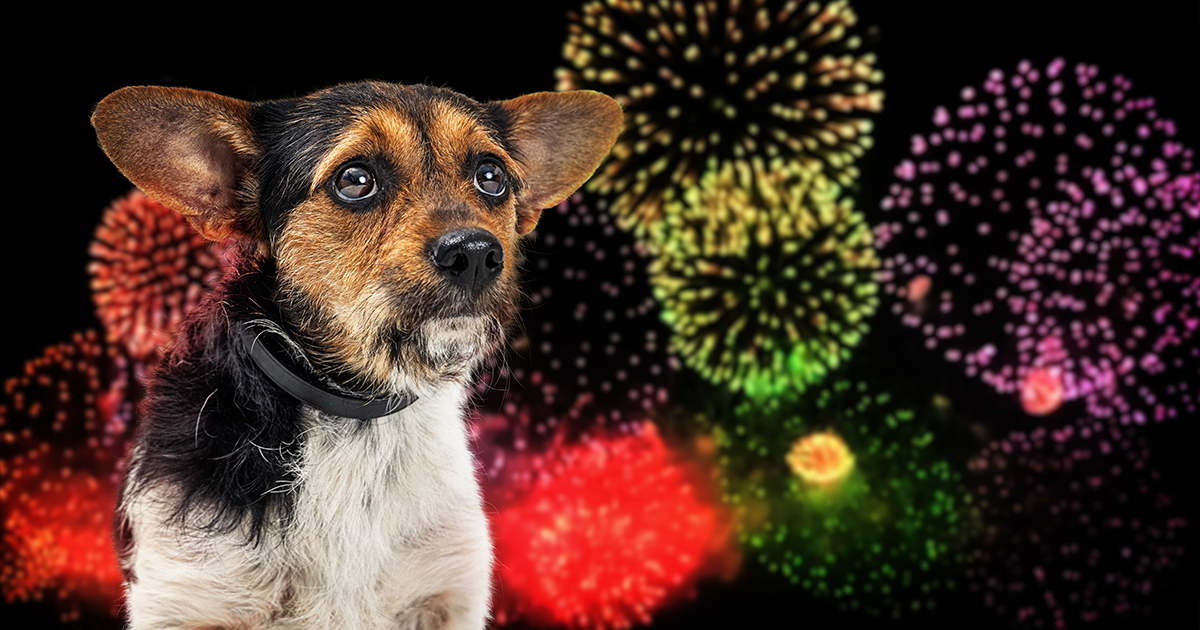
THE ECO-FRIENDLY ALTERNATIVE
Few municipalities ban firecrackers, but article 703 of the Italian Criminal Code takes care of it, which prohibits lighting fireworks or launching rockets "in an inhabited place or in its vicinity, or along a public road or in the direction of it", penalty "a fine of up to € 103", while "if the offense is committed in a place where there is a gathering or conspiracy of people, the penalty is imprisonment for up to one month." In short, firing barrels would be forbidden...
For diehards, however, there are solutions that are more respectful of animals and the environment, such as "silent" fireworks, which reduce noise to a minimum without being unspectacular. Canadians liked the alternative in Banff, a resort town in the Rocky Mountain National Park, to reduce the impact of the festivities on the wildlife of the area, where bears, moose, gray wolves, deer, and bison live. On the net there are also vegan silent pyrotechnic games, which are not tested on animals, do not damage them, and do not release toxic substances.
The new frontier of fireworks, however, is represented by silent and ecological drones. In the Firefly Drone Shows, from 100 to 300 drones equipped with colored light compose articulated choreographies in the sky that faithfully reproduce the shapes and colors of traditional fireworks. An extraordinary performance accompanied by immense silence.
Nature would be grateful for that.
Read also:
Dogs and Cats during New Year's Eve fireworks: how to calm them

